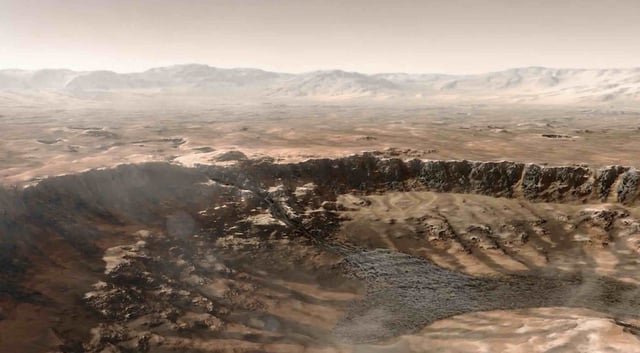Overview
- Recent research published in the Journal of Geophysical Research: Planets supports the theory that rain and snow, rather than ice melt, shaped Mars's valley networks.
- Digital landscape evolution models show valley head distributions align more closely with precipitation scenarios than ice cap melting models.
- NASA's Perseverance Rover findings in Jezero Crater, such as large boulders requiring deep flowing water, further bolster the precipitation hypothesis.
- The study highlights unresolved questions about how Mars maintained sufficient warmth for sustained precipitation under the faint young Sun.
- Researchers suggest Mars's preserved surface offers insights into early Earth conditions, as both planets may have shared similar environments billions of years ago.
